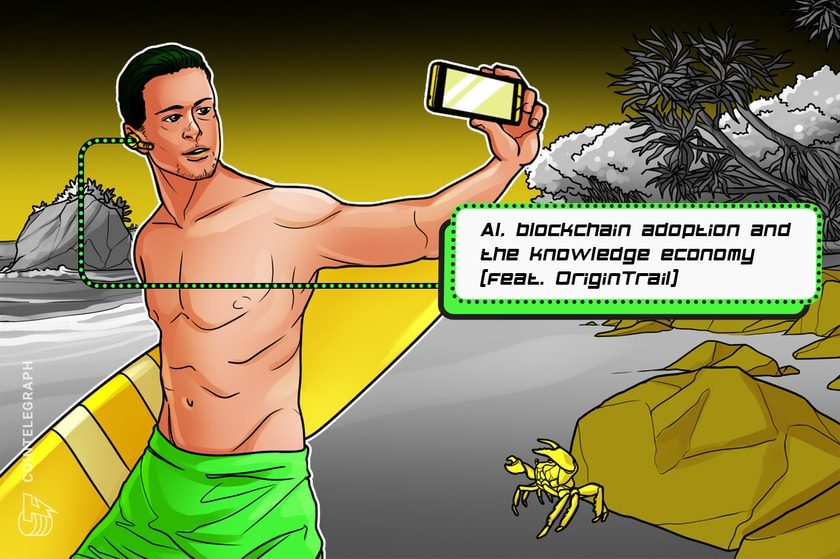Cosmos-based DeFi lending protocol Nolus joins Cointelegraph Accelerator
Nolus’ DeFi lending protocol aims to onboard more people by solving collateralization inefficiencies.
285 Total views
1 Total shares

Crypto lending has become an essential part of decentralized finance (DeFi), allowing people to lend and borrow digital assets via specifically designed protocols. With crypto lending, users can lock their crypto assets as collateral and then borrow a fiat or stablecoin loan. Instead of traditional intermediaries, like banks and credit unions, DeFi lending protocols operate directly on a blockchain. Smart contracts facilitate each loan or borrowing, and on-chain supply and demand decide the interest rates.
Reports expect a $231 billion DeFi market by 2030, with lending protocols being a key element driving the growth. According to a CoinGecko research report, lending has more than an 11% market share in the DeFi ecosystem, and it stands as one of the five biggest DeFi sectors. Users flock to DeFi lending protocols to avoid directly selling their crypto holdings, which they expect to increase in value.

DeFi categories’ shares by market cap of tokens. Source: CoinGecko
Despite its growth potential, several factors limit the usability of crypto lending. Primarily, users need to lock up more value in crypto as collateral than what they aim to borrow. This is a common practice, both for centralized and decentralized lenders, to avoid risks related to the liquidation of funds due to sudden drops in collateralized tokens’ value. Platforms tend to provide financing up to 50% to 60% of any deposited collateral.
The complexity of the lending process is another deterrent for the majority of Web3 users, as DeFi lending solutions need a technical understanding that may confuse even experienced traders.
After securing $2.5 million in pre-seed and seed funding, Cosmos-based DeFi protocol Nolus joined the Cointelegraph Accelerator program with the goal of making crypto lending available for the average user. Nolus Protocol recently introduced DeFi Lease to address the inefficiencies in the current DeFi lending landscape.
DeFi Lease provides users financing up to 150% on the initial investment — almost threefold the average crypto lenders’ offer — while leaving the asset ownership with the user. It also keeps the total cost of financing and transactions lower than the market average to help Web3 users secure a larger amount of a desired digital asset than their current equity balance without worrying about technical formulas or complex lending fee structures.
Aside from DeFi Lease, Nolus operates as a noncustodial financial suite for Web3 that allows users to manage all digital assets and purchase, sell, swap or stake their crypto. In May, Nolus successfully launched its mainnet and expects a fully working protocol live next week.
The Cointelegraph Accelerator program took off in 2023 to provide Web3 projects assistance in reaching their true potential. By joining the program, Nolus will have the opportunity to present to the broader Web3 ecosystem its innovative approach to crypto lending, attracting users from other blockchains and wallets to its Cosmos-based chain to interact with its DeFi protocol through a simple interface. As a participant in the Cointelegraph Accelerator program, Nolus aims to become the one-stop shop to park all crypto transactions for Web3 users.








